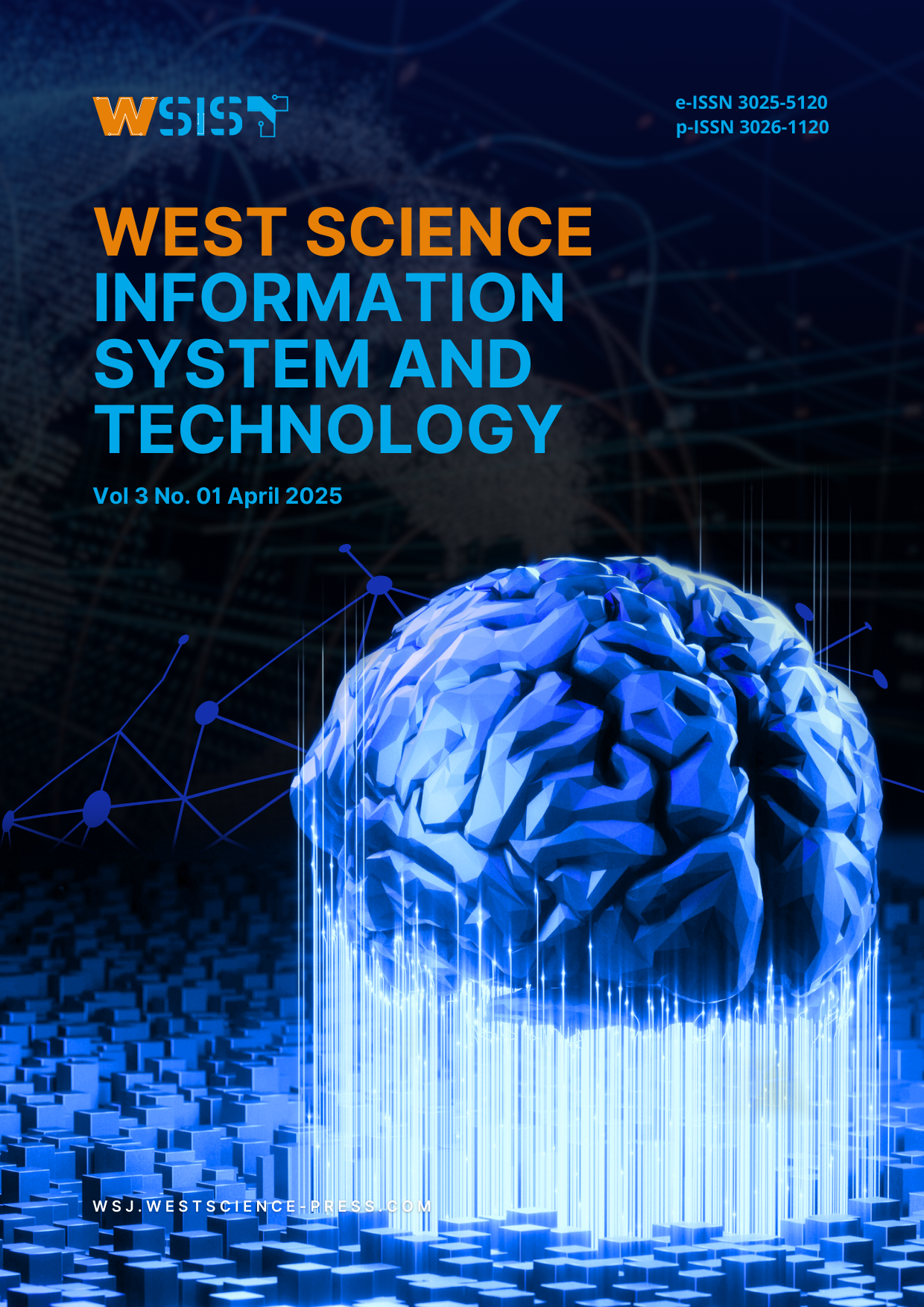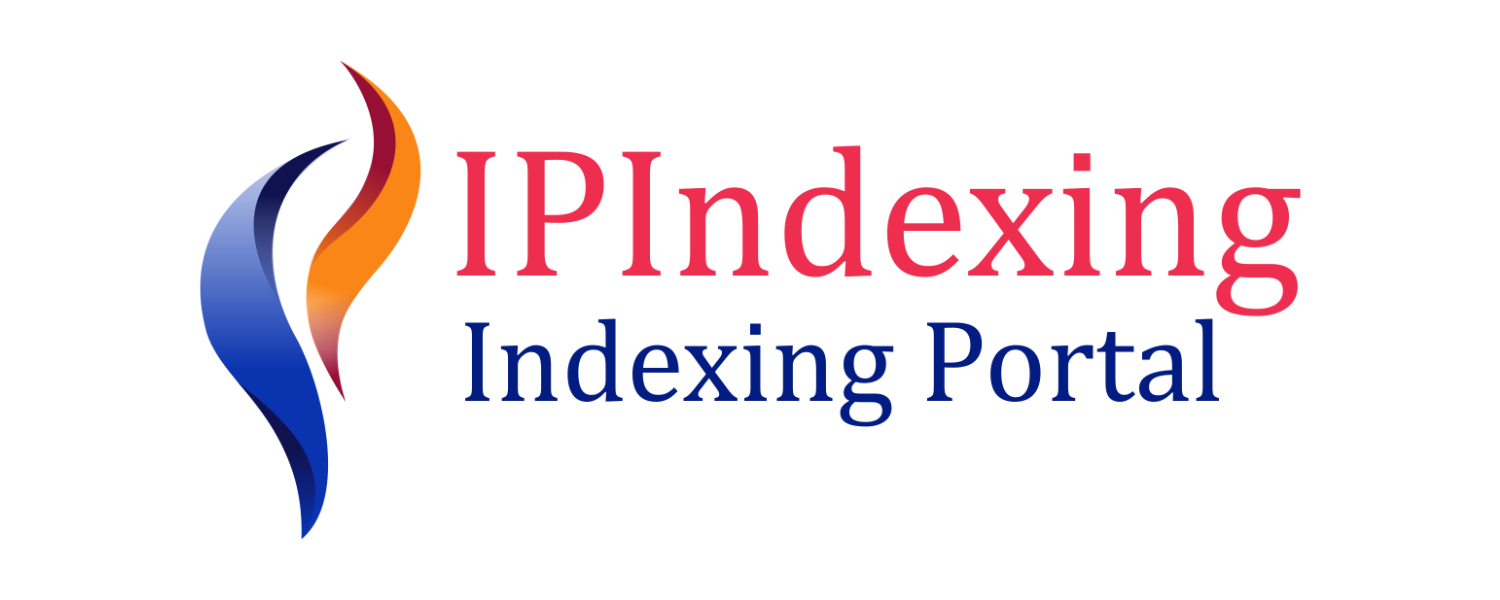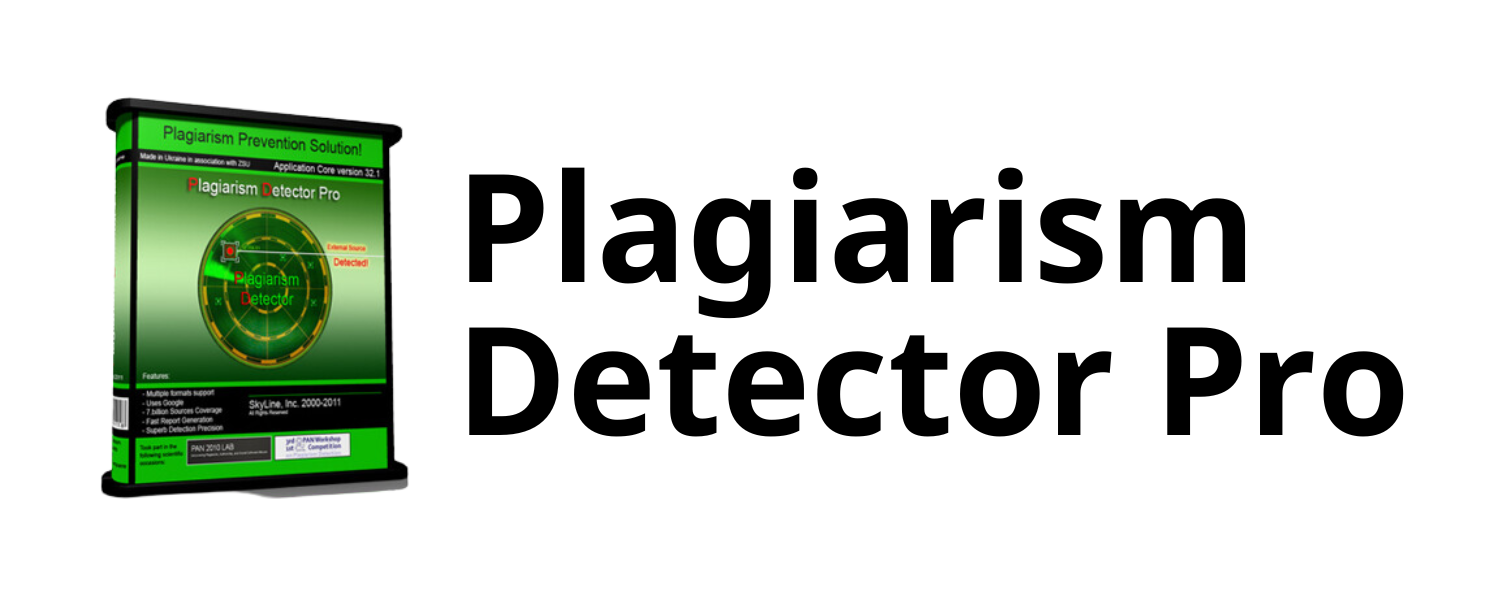Implementation of Green IT-Based Cloud Computing for Energy Efficiency in Technology Companies
DOI:
https://doi.org/10.58812/wsist.v3i01.1846Keywords:
Green IT, Cloud Computing, Energy Efficiency, Sustainability, Technology CompaniesAbstract
The growing demand for energy-efficient and sustainable solutions has positioned Green IT-based cloud computing as a pivotal strategy for technology companies aiming to balance operational efficiency with environmental stewardship. This study conducts a systematic literature review of 15 Scopus-indexed documents to explore the benefits, challenges, and strategies associated with the adoption of Green IT-based cloud computing. The findings reveal that these practices significantly enhance energy efficiency, reduce operational costs, and minimize carbon footprints. However, challenges such as high implementation costs, technological complexity, and intermittent renewable energy sources impede widespread adoption. Strategies including the use of AI and machine learning, collaborations with renewable energy providers, and the establishment of standardized policies are identified as effective solutions. This study contributes to the growing discourse on sustainable IT practices and provides a roadmap for technology companies aiming to integrate Green IT principles into their cloud computing operations.
References
[1] A. Rahman, M. Kamruzzaman, and D. Goswami, “Sustainability In IT Practices: Researching Green It Strategies And Their Impact On Sustainable Business Practices,” Innov. Eng. J., vol. 1, no. 01, pp. 256–273, 2024.
[2] O. Chidolue, P. E. Ohenhen, A. A. Umoh, B. Ngozichukwu, A. V. Fafure, and K. I. Ibekwe, “Green data centers: sustainable practices for energy-efficient it infrastructure,” Eng. Sci. Technol. J., vol. 5, no. 1, pp. 99–114, 2024.
[3] E. Curry, B. Guyon, C. Sheridan, and B. Donnellan, “Developing a sustainable IT capability: lessons from Intel’s journey,” MIS Q. Exec., vol. 11, no. 2, pp. 61–74, 2012.
[4] V. Dao, I. Langella, and J. Carbo, “From green to sustainability: Information Technology and an integrated sustainability framework,” J. Strateg. Inf. Syst., vol. 20, no. 1, pp. 63–79, 2011.
[5] A. Khan and R. K. Mondal, “Green computing in cloud infrastructures: A comprehensive analysis of environmental sustainability and energy efficiency,” in Recent Advancements in Computational Intelligence and Design Engineering, CRC Press, pp. 122–129.
[6] N. Singla, “Green Cloud Infrastructure: Mitigating the Environmental Impact of Cloud Computing,” in 2023 3rd International Conference on Advancement in Electronics & Communication Engineering (AECE), IEEE, 2023, pp. 144–147.
[7] M. N. O. Sadiku, P. O. Adebo, and S. M. Musa, “Green It: A Primer,” Int. J. Adv. Res. Comput. Sci. Softw. Eng., vol. 8, no. 10, pp. 4–6, 2018.
[8] M. S. Raisinghani and E. C. Idemudia, “Green information systems for sustainability,” in Handbook of research on waste management techniques for sustainability, IGI Global, 2016, pp. 212–226.
[9] L. Dhanam, S. Sivaraj, and R. Vanathi, “Green Computing For System Efficiency and Optimization,” vol, vol. 2, pp. 1–6.
[10] H. S. K. Sheth and A. K. Tyagi, “Mobile cloud computing: issues, applications and scope in COVID-19,” in International conference on intelligent systems design and applications, Springer, 2021, pp. 587–600.
[11] L.-D. Radu, “Green cloud computing: A literature survey,” Symmetry (Basel)., vol. 9, no. 12, p. 295, 2017.
[12] J. Jayalath, E. Chathumali, K. R. M. Kothalawala, and N. Kuruwitaarachchi, “Green cloud computing: A review on adoption of green-computing attributes and vendor specific implementations,” in 2019 International Research Conference on Smart Computing and Systems Engineering (SCSE), IEEE, 2019, pp. 158–164.
[13] A. Sharma, M. Yadav, and D. Agarwal, “Cloud Based Flood Monitoring-A Review,” in 2024 First International Conference on Pioneering Developments in Computer Science & Digital Technologies (IC2SDT), IEEE, 2024, pp. 7–12.
[14] R. Chauhan, S. Bisht, S. Devliyal, and G. Sunil, “Green Clouds, Bright Horizons: An Analysis of the Advantages, Future Trends and Challenges of Green Cloud Computing,” in 2024 3rd International Conference for Innovation in Technology (INOCON), IEEE, 2024, pp. 1–6.
[15] R. Hegade and V. Patil, “Green cloud computing,” Int. J. Sci. Eng. Technol. Res, vol. 4, pp. 1–4, 2015.
[16] D. Cordeiro, E. Francesquini, M. Amarís, M. Castro, A. Baldassin, and J. V. F. Lima, “Green cloud computing: Challenges and opportunities,” Simpósio Bras. Sist. Informação, pp. 129–131, 2023.
[17] N. Suratia, P. Thakkar, K. Sheth, D. Ramoliya, and A. K. Patel, “An Extensive Analysis of Green Cloud Computing: Overview, Associated Challenges and Research Directions,” in 2023 3rd International Conference on Innovative Mechanisms for Industry Applications (ICIMIA), IEEE, 2023, pp. 1147–1152.
[18] P. Tomar and V. Grover, “Transforming the energy sector: Addressing key challenges through generative AI, digital twins, AI, data science and analysis,” EAI Endorsed Trans. Energy Web, vol. 10, pp. 1–11, 2024.
[19] M. Senbagavalli, S. G. Swetha, and R. Rajagopal, “A role of artificial intelligence and machine learning algorithms for energy efficiency applications,” in Handbook of Research on Network-Enabled IoT Applications for Smart City Services, IGI Global, 2023, pp. 115–134.
[20] T. M. Olatunde, A. C. Okwandu, D. O. Akande, and Z. Q. Sikhakhane, “Reviewing the role of artificial intelligence in energy efficiency optimization,” Eng. Sci. Technol. J., vol. 5, no. 4, pp. 1243–1256, 2024.
[21] A. O. Aderibigbe, E. C. Ani, P. E. Ohenhen, N. C. Ohalete, and D. O. Daraojimba, “Enhancing energy efficiency with ai: a review of machine learning models in electricity demand forecasting,” Eng. Sci. Technol. J., vol. 4, no. 6, pp. 341–356, 2023.
Downloads
Published
Issue
Section
License
Copyright (c) 2025 Loso Judijanto, Hamid Wijaya, Rima Ruktiari Ismail, Arnes Yuli Vandika

This work is licensed under a Creative Commons Attribution-ShareAlike 4.0 International License.






















 Instagram
Instagram 